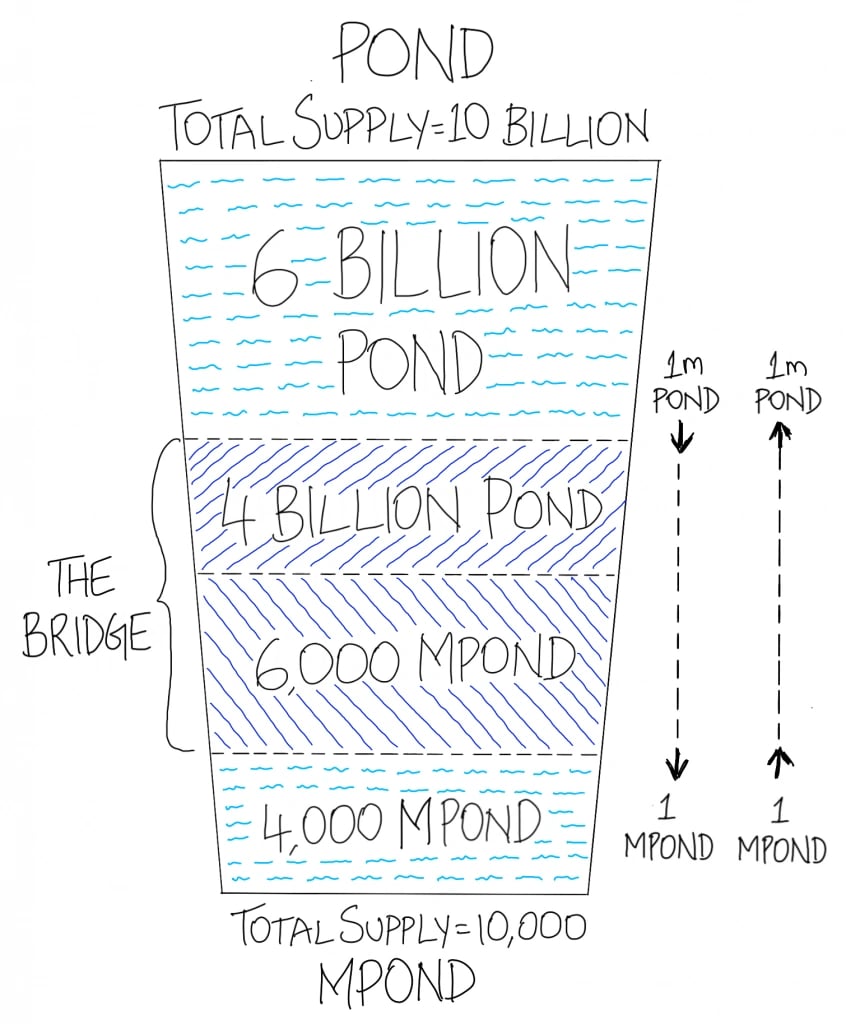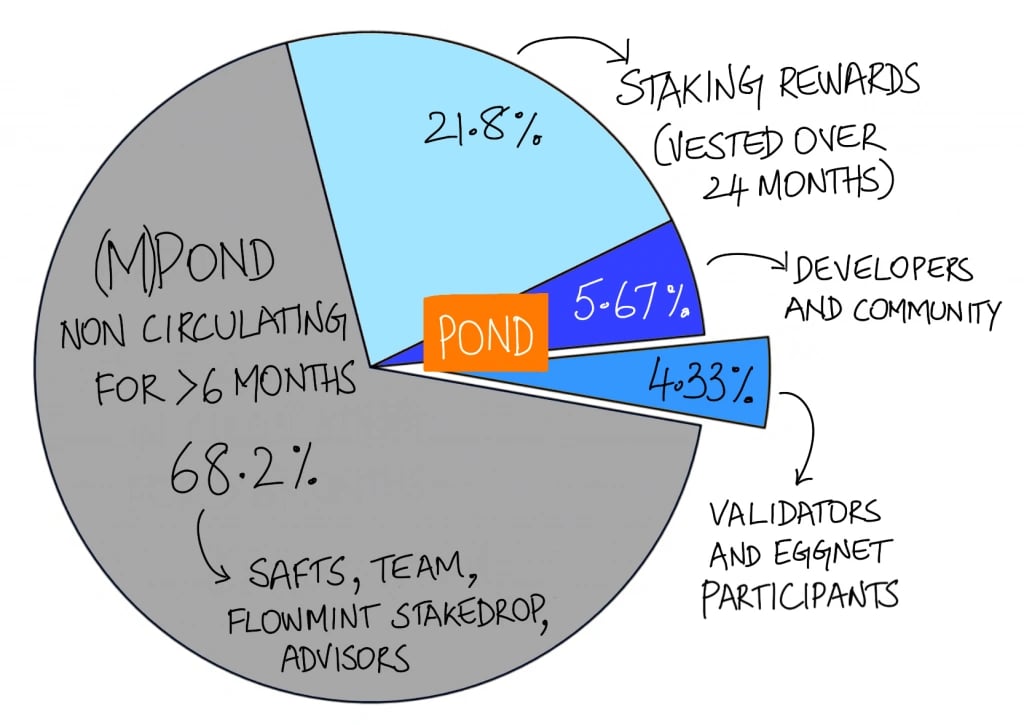订阅 wiki
Share wiki
Bookmark
Marlin
Marlin
Marlin 是一种为可验证计算设计的协议。它利用可信执行环境 (TEE) 和基于零知识 (ZK)的协处理器,在去中心化云中委派复杂的工作负载。它使基于智能合约的协议、Web 或移动客户端以及企业能够安全地租用单个计算实例或在全球分布式节点网络上部署无服务器功能。Siddhartha Dutta、Roshan Raghupathy 和 Prateesh Goyal 是 Marlin 的创始人。[1]
概述
Marlin是一个可验证计算协议,它利用可信执行环境(TEE)和零知识(ZK)协处理器,在去中心化云上委派复杂的计算任务。它使基于智能合约的协议、Web或移动客户端以及企业能够安全可靠地租用单个计算实例,或在全局分布式节点池上部署无服务器功能。[1]
智能合约可以通过将任务发布到中继合约来将计算委托给Marlin,然后由网络的节点拾取。结果会与飞地证明或ZK证明一起发布回链上,以验证计算的正确性。Marlin通过链下计算提高吞吐量,同时确保链上可验证性,从而增强区块链功能。它还促进链下数据访问、中继和链抽象,使用户和开发人员的区块链使用透明化。[1]
Marlin网络包含不同类型的硬件,包括具有机密计算支持的服务器(如Intel SGX)和具有机密计算支持的GPU。用户可以通过各种子网络访问这些节点,每个子网络都提供不同的功能和用例。Oyster Cloud允许单独租用机密计算实例,而Oyster Serverless和Kalypso提供透明的任务外包和ZK证明生成。Marlin Cloud提供用于单独租用的普通实例,主要基于声誉且没有监控保证。每个子网络都使用其子协议运行,允许任何节点加入,前提是它满足要求。[1]
与去中心化云或ZK协处理解决方案相比,Marlin具有防篡改和数据机密性等优势。其机密计算解决方案可确保执行完整性,并防止节点运营商访问用户的数据。Marlin的ZK证明市场也是与电路无关的,使节点能够支持各种电路和语言。[1]
技术
Oyster
Oyster是Marlin的一个子网络,专门提供基于可信执行环境(TEE)的协处理器,提供快速、廉价且安全的解决方案。它允许用户单独租用实例,时长不限,或者以无服务器的方式在节点池中委派任务,只需为任务的执行时间付费。节点可以被租用,任务可以通过智能合约调用和Web 2 API进行委派。[2]
Oyster节点利用TEE来确保安全,通过保证硬件隔离,防止主机或其所有者的干扰,并确保正常运行时间和响应时间保证。与多方计算(MPC)、全同态加密(FHE)或零知识证明(ZKP)不同,Oyster节点像普通服务器一样运行,无需计算冗余或复杂的密码协议,从而实现与在普通机器上运行程序类似的高性能。此外,与区块链、MPC、FHE或ZK证明等其他方法相比,TEE相对便宜,使其成为可验证计算的经济高效的选择。[2]

Kalypso
Kalypso 充当 零知识 (ZK) 证明 的市场,使应用程序能够将此类证明的生成委托给硬件提供商网络,从而提高成本和时间效率。这个竞争激烈的市场鼓励硬件提供商进行创新、降低成本并提高证明生成速度。这些改进可以通过多种方式实现,例如获得对专用硬件(如现场可编程门阵列 (FPGA) 或专用集成电路 (ASIC))的访问权限、改进软件以及获得负担得起的能源和廉价的托管设施。 [3]
生成 ZKP 主要有四种方法。首先,客户端生成直接在最终用户设备上进行,通常用于游戏或支付系统等应用程序。但是,这种方法会给设备性能和电池寿命带来压力。其次,服务器端生成涉及团队租用或购买机器,通过公开的端点创建证明,这对于不频繁的证明生成来说效率低下。第三,一些平台创建自己的证明者网络,这可能成本高昂且复杂。最后,像 Kalypso 这样的证明市场允许专用硬件运营商处理证明生成,从而提供与各种方法的兼容性,以实现灵活性和效率。 [3]
Kalypso 作为一个基于订单簿的市场运作,有效地将用户与证明生成器连接起来。通过将每个请求与单个生成器匹配,Kalypso 最大限度地减少了冗余工作,并通过基于削减的保证确保可靠性,类似于 权益证明 系统。它具有通过其去中心化引擎和无需许可的证明者网络实现的抗审查性等优点。此外,Kalypso 通过使生成器能够在多个市场上发布报价来提高资源效率,从而优化收入并减少停机时间。此外,Kalypso 中生成器之间的竞争推动了效率的提高,从而实现了具有成本效益的定价和更快的证明生成时间。 [3]
Marlin Cache
Marlin Cache 作为一个分布式事件驱动的缓存系统,专为 Dapps 量身定制。它之所以有效,是因为许多 区块链 查询和活动都源于一小部分合约和地址。通过维护频繁访问数据的缓存,Marlin Cache 旨在在本地满足大部分查询,而无需直接查询 区块链。 [4]
Marlin Cache 为用户提供了几个好处。首先,它允许从更靠近用户的 节点 提供请求,从而显著提高响应时间。其次,可以在没有直接查询区块链数据开销的情况下满足查询,从而进一步提高响应时间。此外,许多请求可以在不访问源的情况下得到解决,从而以比源实际可容纳的更低的成本实现更高的查询速率。 [4]
Marlin 代币
在 Marlin 经济中,使用了两种基于 以太坊 的代币:POND 和 MegaPOND (MPond)。虽然 POND 最初可以转移,但 MPond 则不然,除非涉及代币分配合约的特定转移以及通过桥梁进行的交易。该桥梁允许将 1,000,000 POND 转换为 1 MPond,反之亦然,但受到某些限制。[5]
每个 Marlin 节点 用于中继和缓存数据,每个节点必须质押至少 0.5 MPond。作为回报,节点根据其性能获得质押奖励和费用。MPond 和 POND 可以委托给其他 Marlin 节点,节点 运营商与委托人分享一部分奖励。MPond 质押者和 POND 委托者之间的奖励和 费用 分配最初可能不同,但可以通过治理机制进行调整。此外,MPond 持有者可以通过提出或投票支持倡议来参与治理。[5]

代币经济学
POND代币的最大供应量上限为100亿,因此MegaPOND代币的最大数量可能为10,000。POND和MPond代币累计分配给各个利益相关者。 [5]
- Marlin生态系统: 31.9%
- 质押奖励: 21.8%
- 私募: 17.2%
- FlowMint: 16%
- 团队: 10%
- 顾问: 3%

FlowMint
FlowMint 的设计灵感来源于 NuCypher WorkLock 和 Edgeware LockDrop 机制,旨在将代币分配给各种区块链社区,同时鼓励他们使用代币。它的目标是确保代币的缺乏不会阻碍潜在的节点运营商,同时激励他们参与 Marlin 网络。 [6]

合作关系
SPACE ID
2024年1月24日,使用Marlin Oyster的SPACE ID上Arbitrum的.arb域名持有者的去中心化网关启动,代表着我们在增强Web 3的易用性、去中心化和安全性方面的共同努力取得了显著进展。[7]
2024年3月4日,利用Marlin Oyster的SPACE ID的去中心化网关为.manta名称服务发布。这一发展反映了在不断扩展的Web3领域内保持身份凝聚力的日益重要性,标志着与SPACE ID合作朝着该目标迈出了一步。[8]
Injective Protocol
2021年2月11日,Marlin与Injective建立了战略合作伙伴关系,以提升其在DeFi领域的影响力,尤其是在衍生品DEX市场。通过此次合作,Injective还帮助Marlin扩大了用户群。因此,用户可以访问与POND代币相关的新衍生产品,从而提高POND在生态系统中的整体效用。 [9]
“Marlin和Injective的团队自我们在币安孵化器孵化以来就关系密切。看到过去一年我们取得了如此大的进步,真是令人惊叹。我确信,Marlin的第0层技术加上Injective无与伦比的去中心化衍生品交易所,将为我们双方带来无限的新机遇,” - Injective Protocol首席执行官Eric Chen。
Ankr
2021年2月9日,当Marlin推出其Larvanet时,Ankr 协助用户通过其一键部署解决方案运行Marlin节点和网关。此次合作使Marlin用户能够在几分钟内部署区块链节点。与Ankr的合作旨在降低Marlin节点开发过程的成本,并使部署更经济实惠,同时促进跨不同地理位置的轻松部署。 [10]
StaFi
2021年1月26日,StaFi 与 Marlin 紧密合作,整合其 Layer-0 扩展协议,并创建其网络代币 POND 的 流动性质押 衍生品。[11]
“由于 Marlin 的质押将以 30 天的解绑期启动,同时为验证者提供极具竞争力的奖励,我们与 StaFi 合作开发 rPOND 应该会引起计划参与该网络的 POND 代币持有者的极大兴趣。StaFi 的新 Ethereum 桥使得 rPOND 几乎与 POND 本身没有区别。” - Marlin 首席执行官 Siddhartha Dutta。
发现错误了吗?
